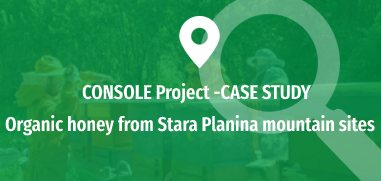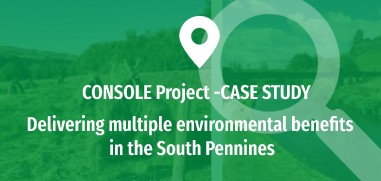Summary
One contract about provision of organic grapes; the initiative is connected to specific labels, advertised to the domestic and export markets, to enhance the image of the company. The overall target is to expand organic wine production in an emblematic area that influences greatly the Spanish wine market.
It is a value-chain related contract solution, where only grapes produced ecologically are bought by the winery Herederos del Marqués de Riscal, S.A (from now on, Riscal), to produce two selected varieties: MARQUÉS DE RISCAL ORGANIC and MARQUÉS DE RISCAL SAUVIGNON BLANC ORGANIC.
In the Rueda case study, grape producers are not associated, however, they are integrated into the value chain by complying to the winery standards and have periodic controls on quality and residues, and have a strict protocol of organic production of high standards.
Objectives
The contract between the grape producers and the winery (Riscal) leads to a higher provision of the following public goods:
- Landscape and scenery (preservation of wineries);
- Protection of endangered species of birds;
- Rural viability and vitality (secure economic viability of the grapevine producers in Rueda region through the sale of grapes with a higher price than the non organic producers);
- Secure high production standards according to consumer preferences.
Public Goods



and vitality


Problem description
The Rueda case study is located in the Duero River basin in northern-central part of Spain, where it occupies an area of 280,000 ha and currently grapewine is grown in almost 15,000 ha. Rueda belongs to the Mediterranean Continental pedoclimatic zone. The Rueda region is one of the wine regions in Spain that is more profitable, but at the same time needs a lot of man work, so organic production is a clear alternative. Wine production in the area in Rueda, is challenged by four main threats: water scarcity, decrease in financial support from the CAP, frost and future climate projections. The sustainability of wine production in the area is dependent on organic production that is becoming more attractive to consumers and with very high demand for export. The Rueda region offers a great possibility for organic production since the limited summer rainfall guarantees low incidence of diseases, especially mildew, therefore if the crop is
adequately managed, does not require pesticides. Riscal is a leading company for innovation for organic production in technology and commercially. The producers also plant trees in the edges of the fields to comply with the greening measures of the CAP.

















